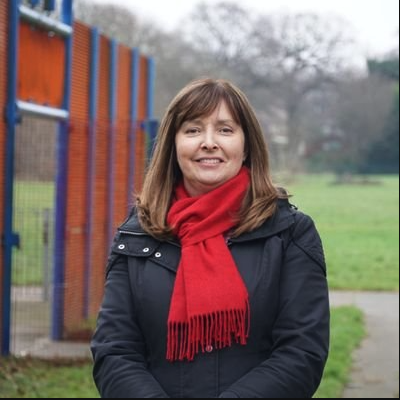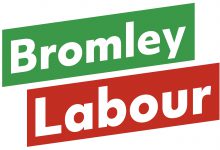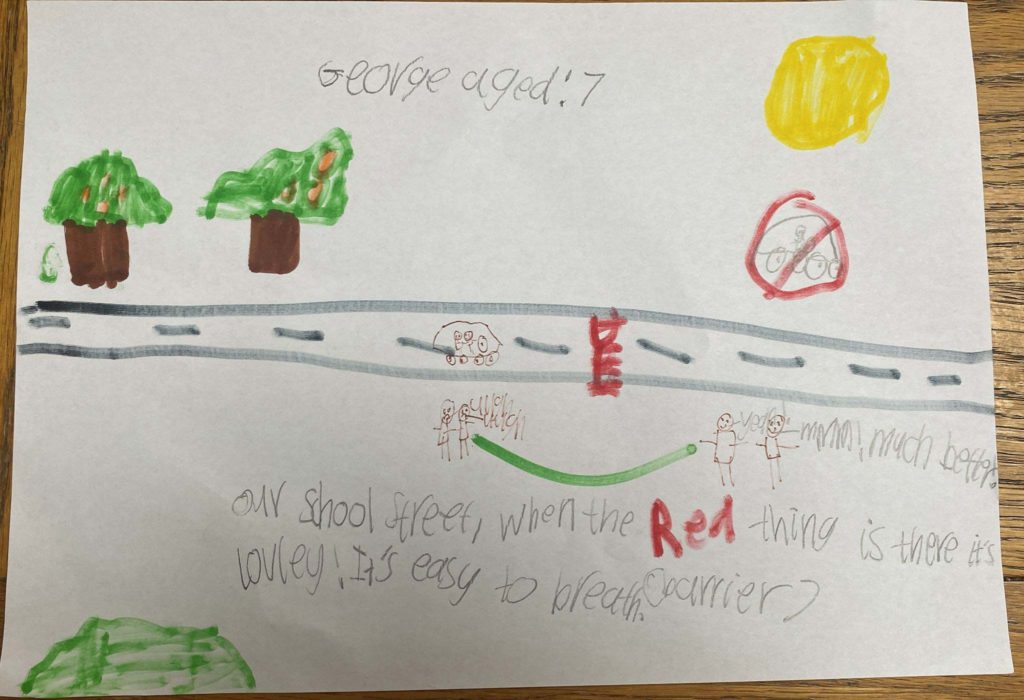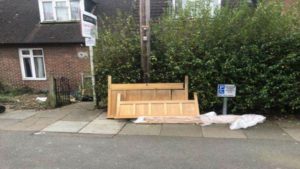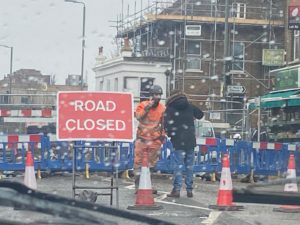An interview with Cllr Alisa Igoe
On Friday 15th July 2022 a Special meeting of Bromley Council’s Environment PDS Committee convened to scrutinise the Conservative decision to stop the roll out of School Streets in Bromley.
The Portfolio Holder for Transport, Highways and Road Safety had published his executive decision on 24 June and, as allowed in the Council Constitution where any five Members of the Council can request a “call in”, the Labour Group asked that it be returned to the committee for further scrutiny. Members of the public were permitted to submit their questions to the Portfolio Holder within 48 hours of the special meeting agenda being published and 39 questions were received. Many of those people attended the meeting in the public gallery.
Due to the impact this decision will have on residents across the borough we thought our first interview in our Council Watch series should focus on it. Cllr Alisa Igoe is someone that sits on the committee and so is perfectly placed to answer our questions and inform us on the topic.
Who are you?
I’m Alisa Igoe, a Councillor for Plaistow ward in Bromley and Deputy Leader of the Labour Group on Bromley Council. I’m a mum of two and I work part time as a volunteer for a charity helping vulnerable families.
How did you get involved in local politics?
I’ve been interested in local politics for a number of years and have watched Bromley’s Environment PDS committee for the last four years from the public gallery. I sit on Environment, Development Control and Plans committee 3. I’ve previously run campaigns and petitions asking for more road safety on certain roads in Bromley and was a committee member of Bromley Living Streets until I ran for election.
What is a School Street?
A School Street is a temporary restriction on motor vehicle traffic outside schools during the start and end of the school day, for 45 to 60 minutes each time. It helps to improve road safety for children and families, reduces air pollution by schools and encourages families to active travel by walking, scooting, or cycling, instead of driving. Installation includes signage to warn vehicles they should not enter during active times, and manned barriers. Some Councils, although not Bromley, use number plate recognition cameras, ANPRs, where drivers are fined if they break the restrictions. Residents who live on a School Street have a permit, so they can move freely, albeit very slowly, out of the street when the School Street is running.
How many School Streets were installed in Bromley?
Bromley initially identified 11 School Streets, which would serve 13 schools. They received £204k for school route improvements from TfL’s London Streetspace Plan in 2020. £72k of this was ring fenced for School Streets. Only 5 of the 11 sites were able to proceed in September 2020 and since then, due to some being unable to commit to a second year of marshalling, only two are currently still running, in addition to the pilot scheme at Hayes Primary, which was launched in September 2021.
You visited Hayes Primary’s School Street. What was your experience?
I found the Environment Committee report so negative I thought I would go see for myself. Hayes Primary School has 600 pupils and as I walked toward it there were 100s and 100s of children, some very tiny children, walking and scooting. A few families arrived on bikes and I saw at least one family cargo bike. The atmosphere felt calm, relaxed and safe. Groups of parents and children were chatting or joking with the Marshall on the barrier, who seemed to know everyone’s name. A resident from the street drove slowly out of the barrier, smiling as the Marshall greeted him.
What is Bromley Labour’s policy on School Streets and how would you improve them?
Bromley Labour Group absolutely support them. They are a very quick and easy way to lower air pollution beside schools, improve road safety for our most vulnerable residents and encourage active lifestyles to beat the obesity crisis. School Streets encourage active travel, echoing the government’s objectives in encouraging walking, cycling and the use of public transport, rather than driving on the school run. School Streets are included in and match Bromley’s own objective on active travel, as outlined in its LIP3, Local Implementation Plan, a statutory document setting out how the Council will implement the Mayor of London’s Transport Strategy across the borough.
Some schools are still telling Labour they would like a School Street. We would like the Council to look into the use of number plate recognition cameras (ANPR) to enforce School Streets in Bromley. Across the 511 School Streets operating in London, many other boroughs use them, including Lewisham, Merton, Redbridge, Havering, and Croydon.
What was the result of the “call in” of the Portfolio Holder’s decision to stop the rollout and how will it affect schools in Bromley that would like a School Street?
Unfortunately, we lost the vote 5 – 4. All opposition parties on the Committee voted against: Labour, Lib Dems and Chislehurst Matters. All Conservatives voted for the Portfolio Holder’s decision.
This decision immediately stops School Streets being actively rolled out across the borough. It also makes it harder than ever for a school to request one. To do so they must have their School Travel Plan status reviewed, consideration made of the school’s catchment area and also of the current level of active travel. The school would have to consult with parents to get a “significant parent buy in”, in addition to consulting with affected residents. The school would need to agree to supply Marshalls at their own cost. In my view this puts an unfair burden on schools.
If the school gets over all those hurdles the next step is the application being subject to approval by the Portfolio Holder, rather than the Director of Environment, as was done previously. The request would also need to be scrutinised by the Environment PDS Committee, the Conservative heavy Committee who just voted to stop rolling them out.
